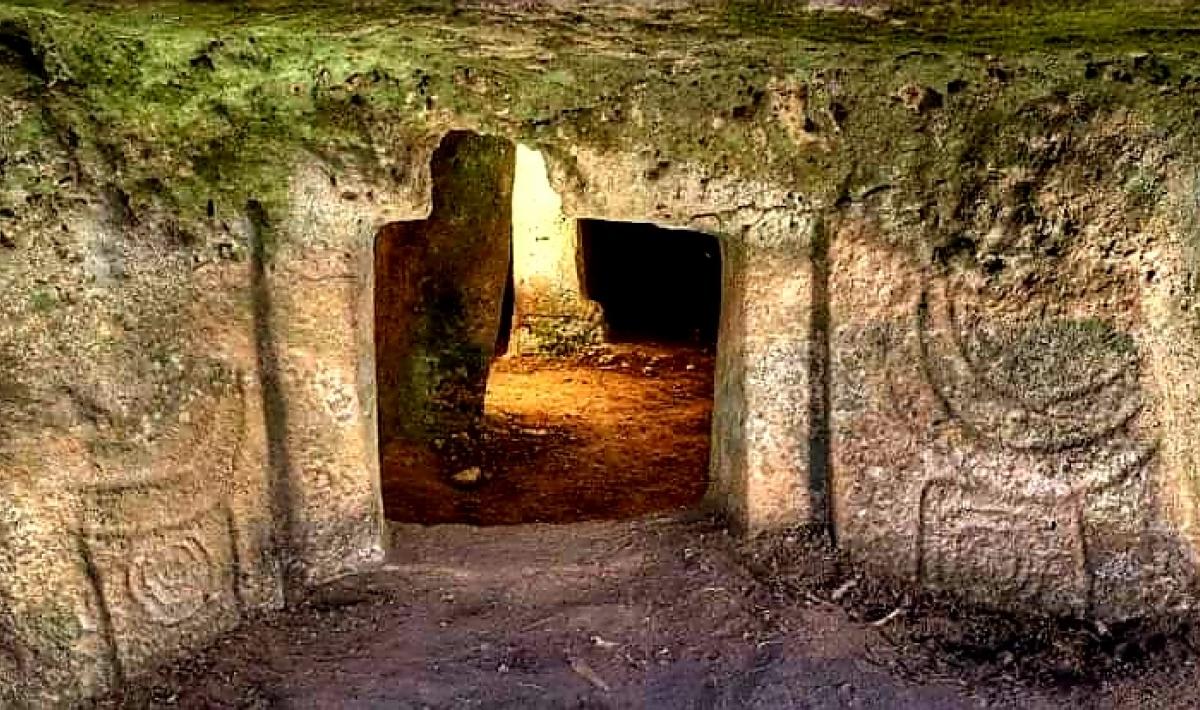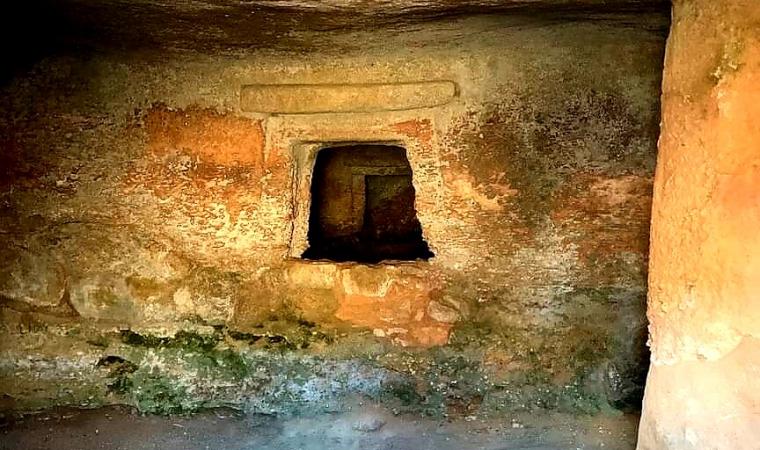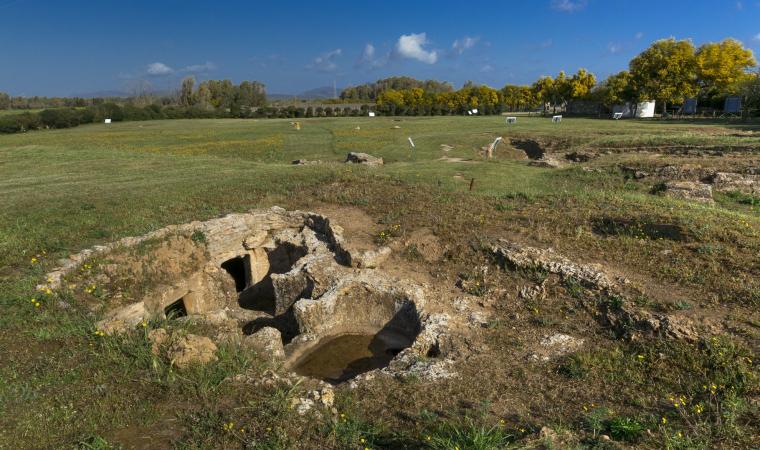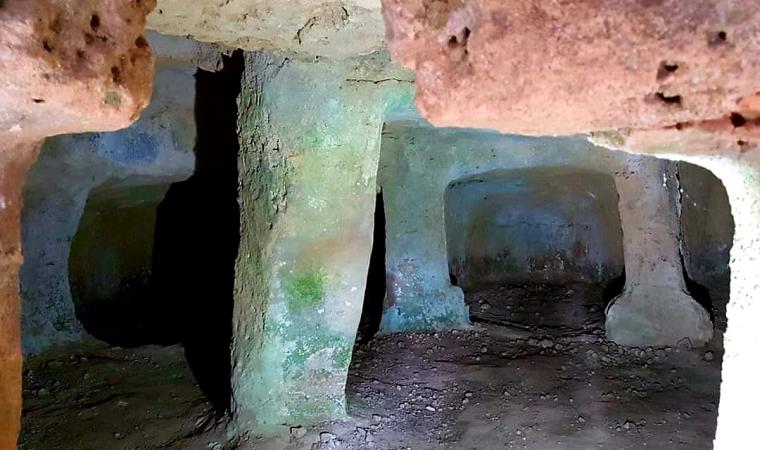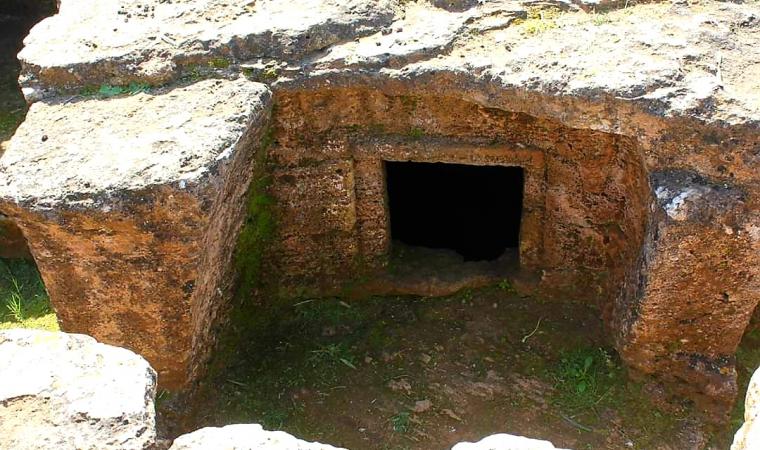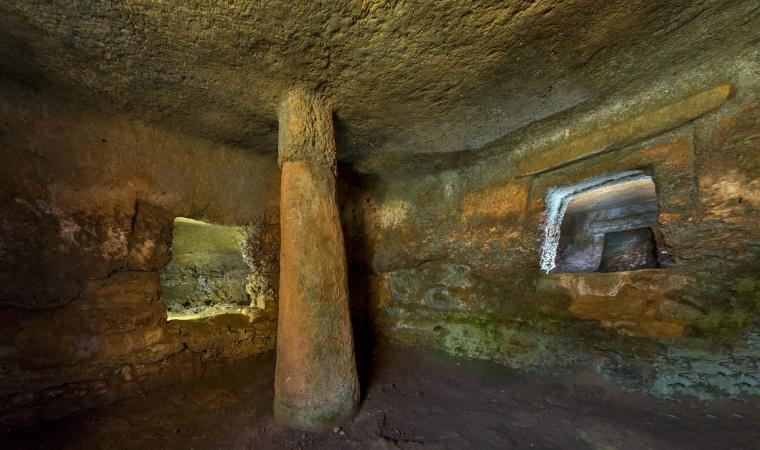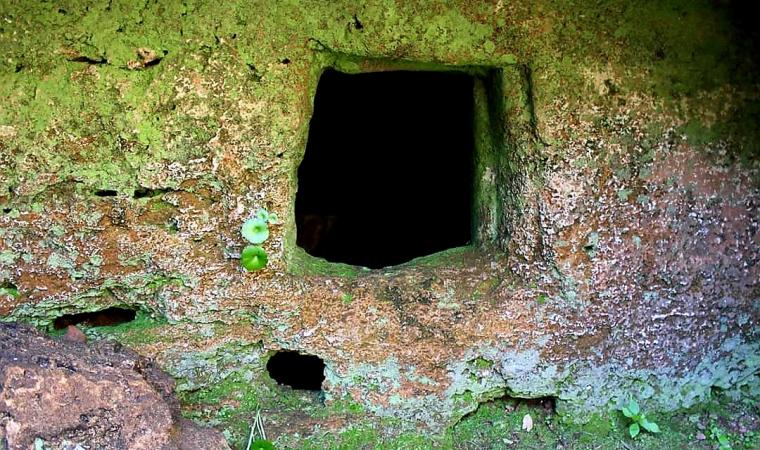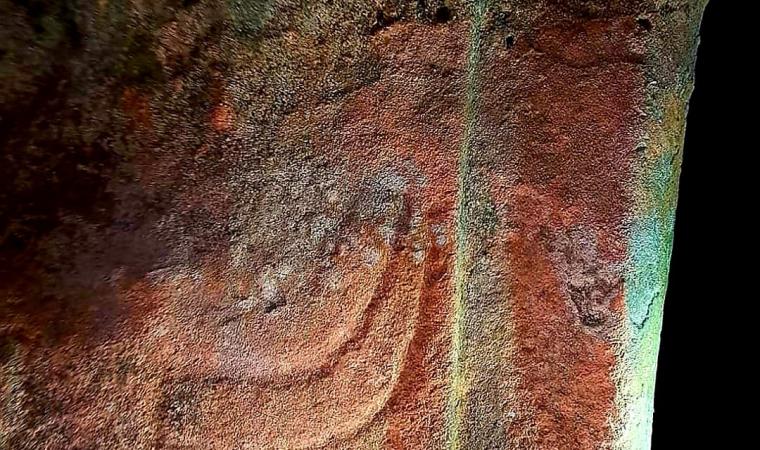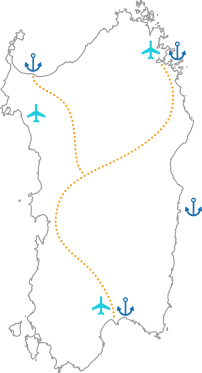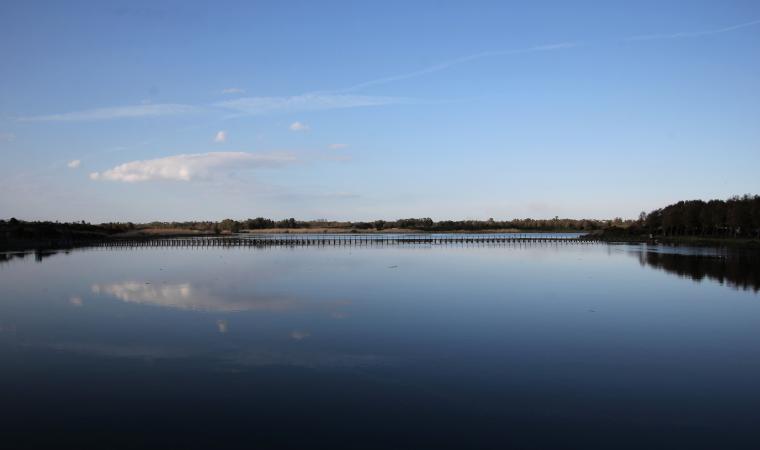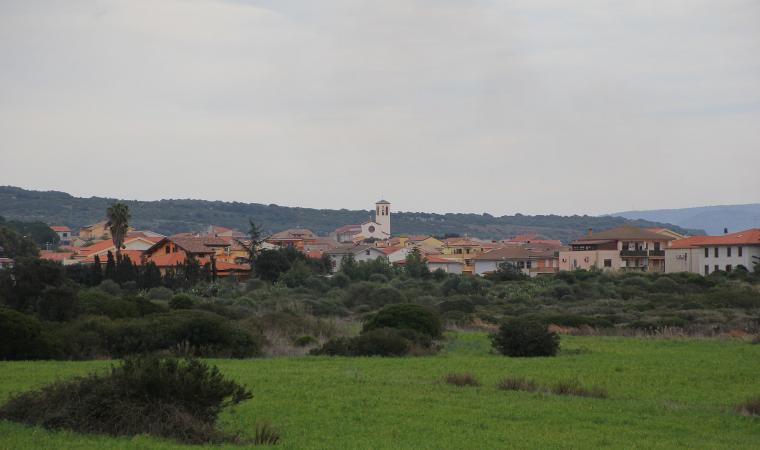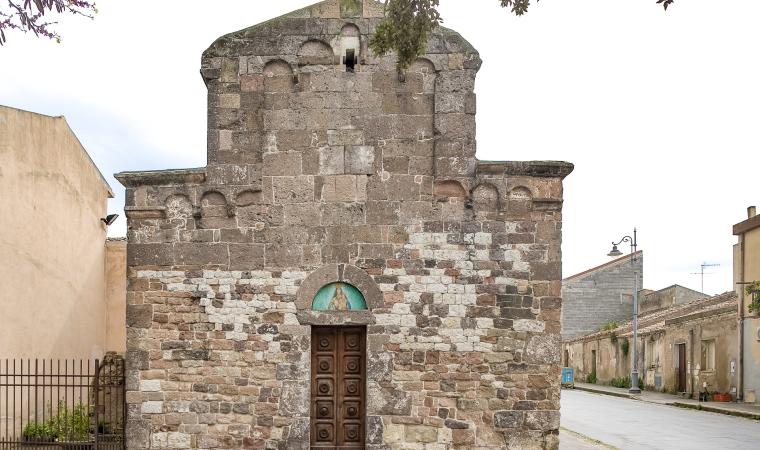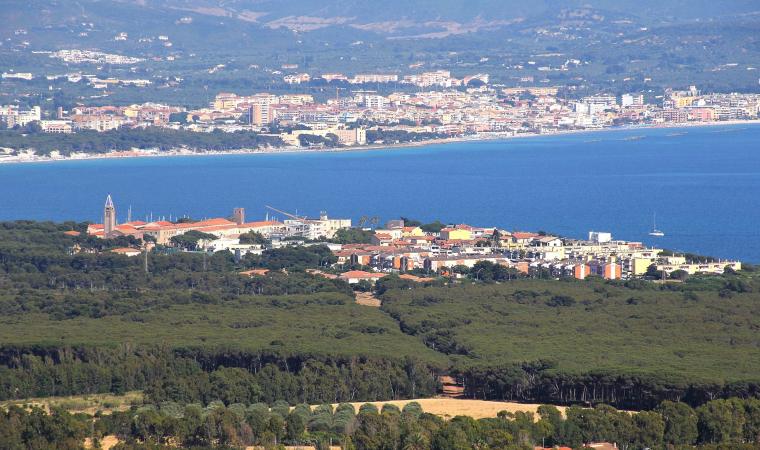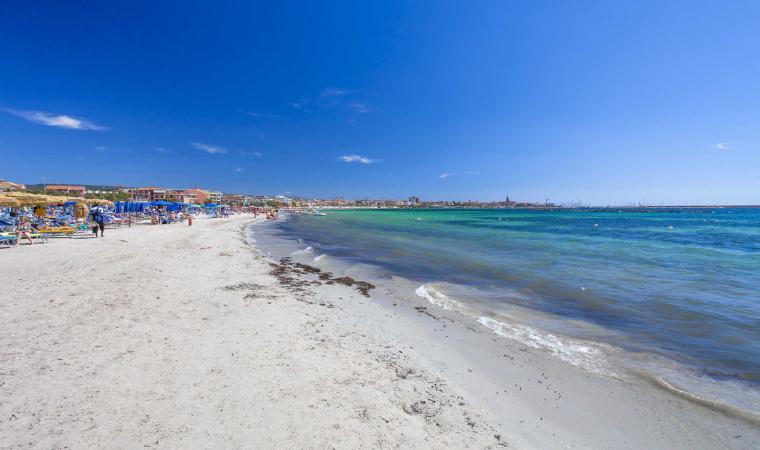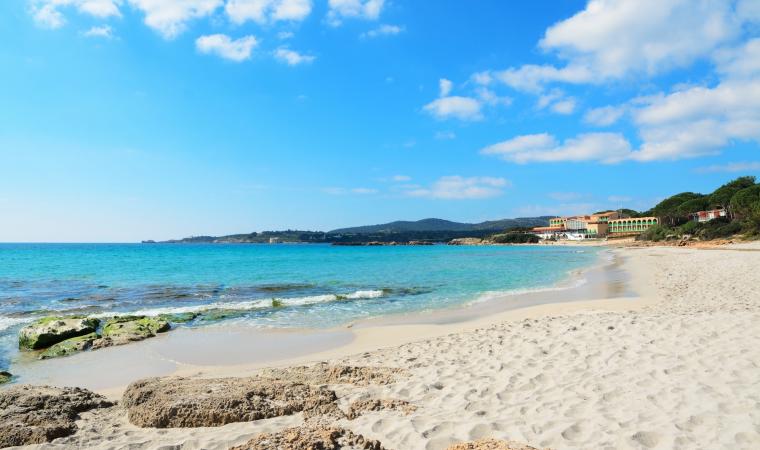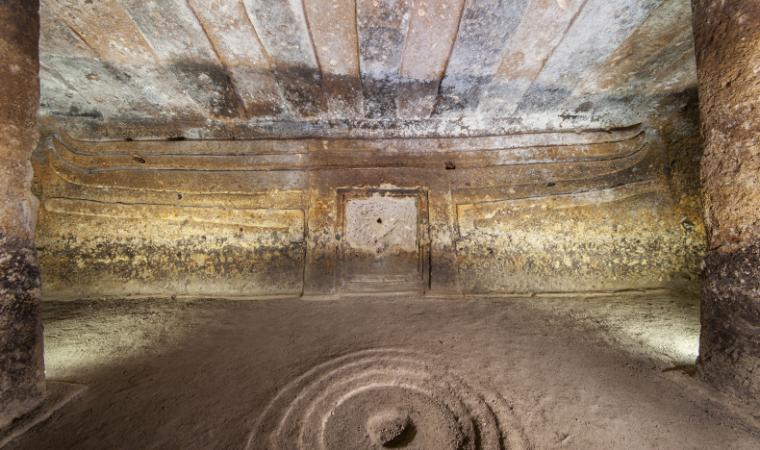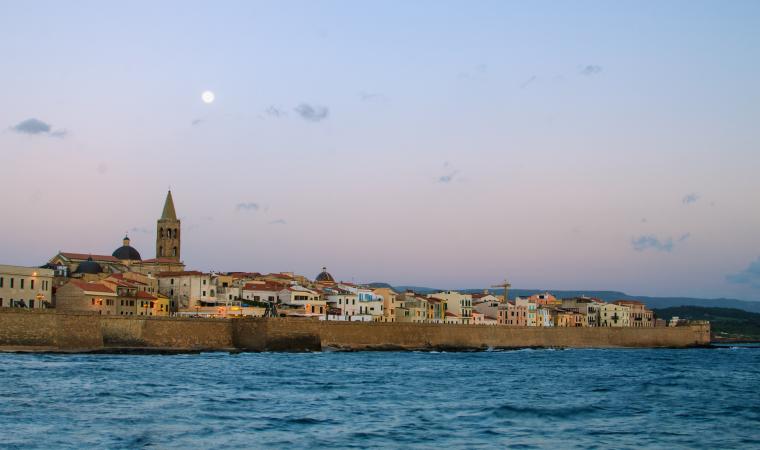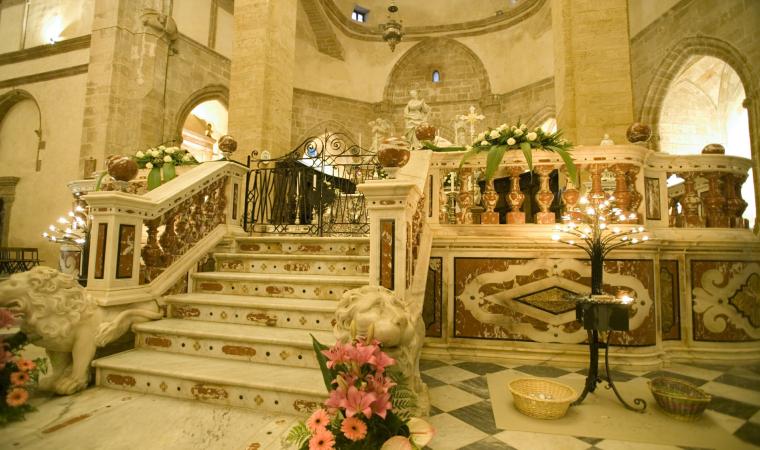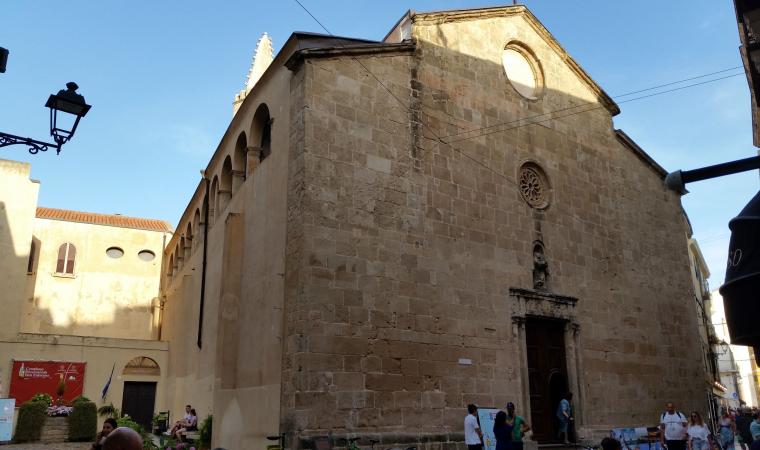Within the valley are 38 graves dug into the sandstone, dating back to 3200-2800 BC, in which even the stone picks used to excavate them were found. Discovered in 1903, the hypogea necropolis of Anghelu Ruju is located in the Alghero hinterland, less than ten kilometres from the sea, in a fertile plain crossed by the Rio Filibertu. The sepulchral area occupies two zones, in which tombs are distributed irregularly. There are seven in the first flatter zone and 31 in the second, on a small hill. The sepulture Domus de Janas (meaning “House of the Fairies” or “Witch’s House”) have two access types: a rather narrow ‘well-type’, from which an irregular layout and curvilinear cellae extend, the other a dromos, being with an open-air corridor, sometimes of quite large dimensions, equipped with steps at the entrance. In this case, the hypogea layout is regular and the cellae have a straight profile.

